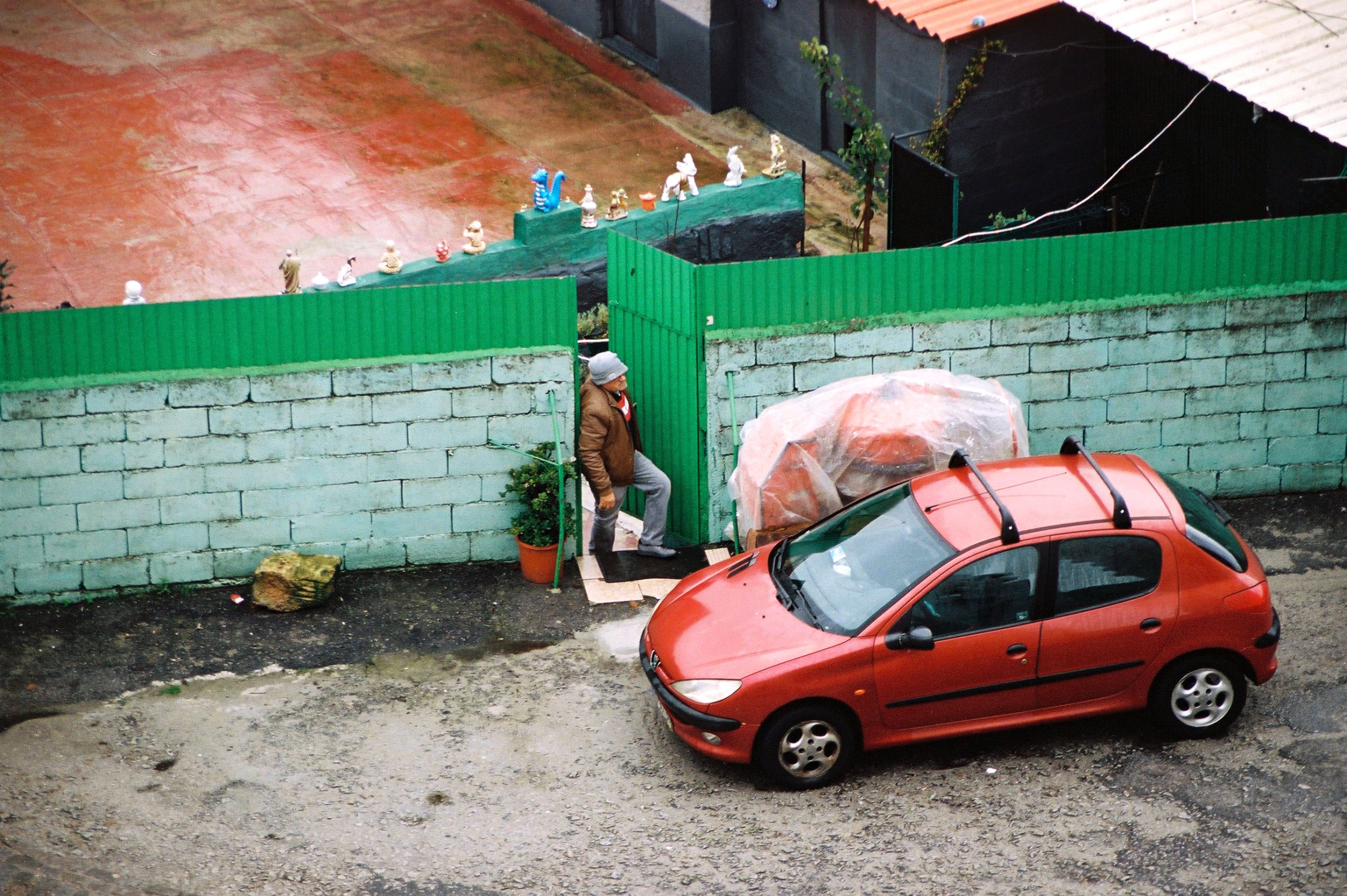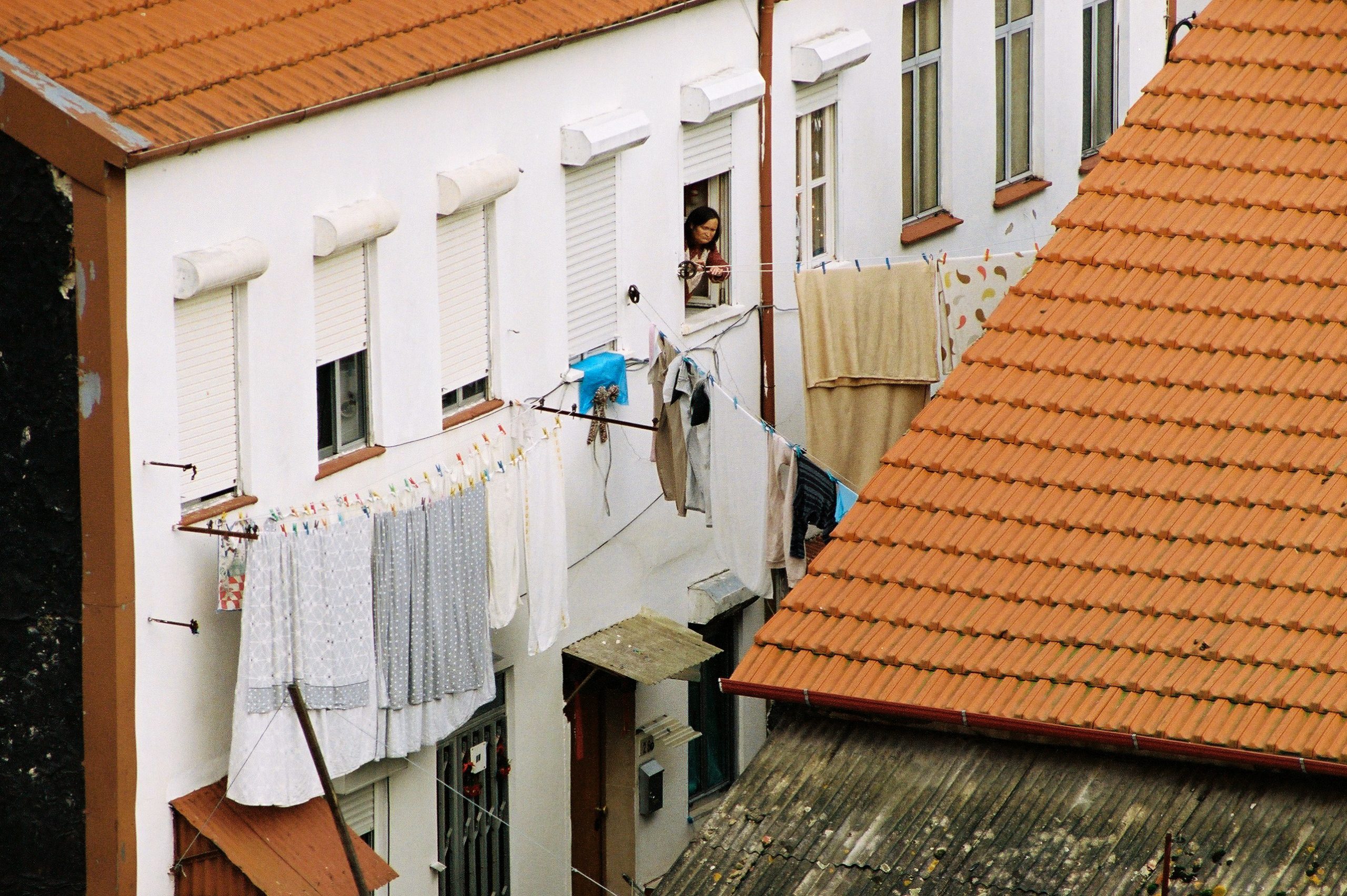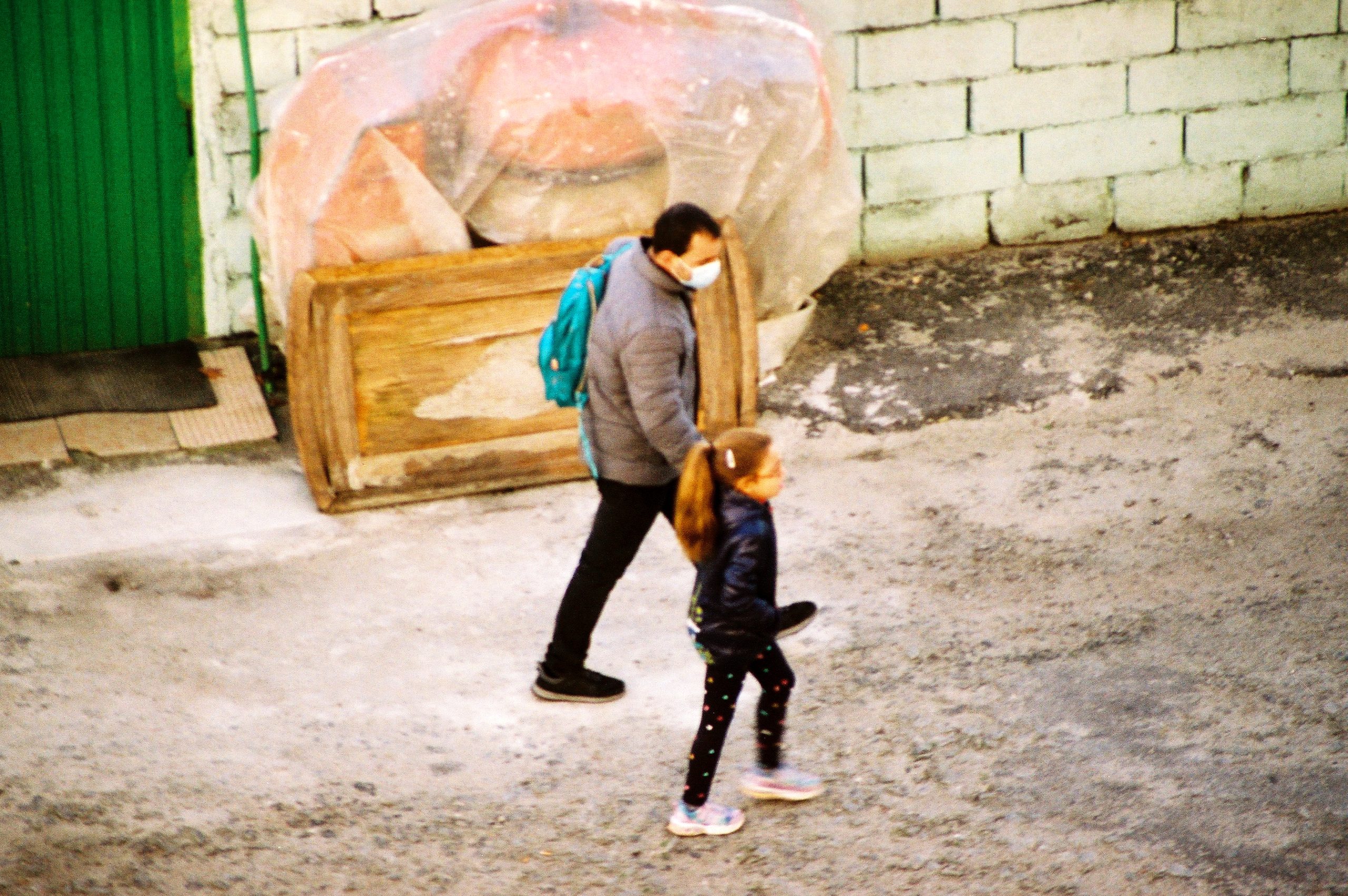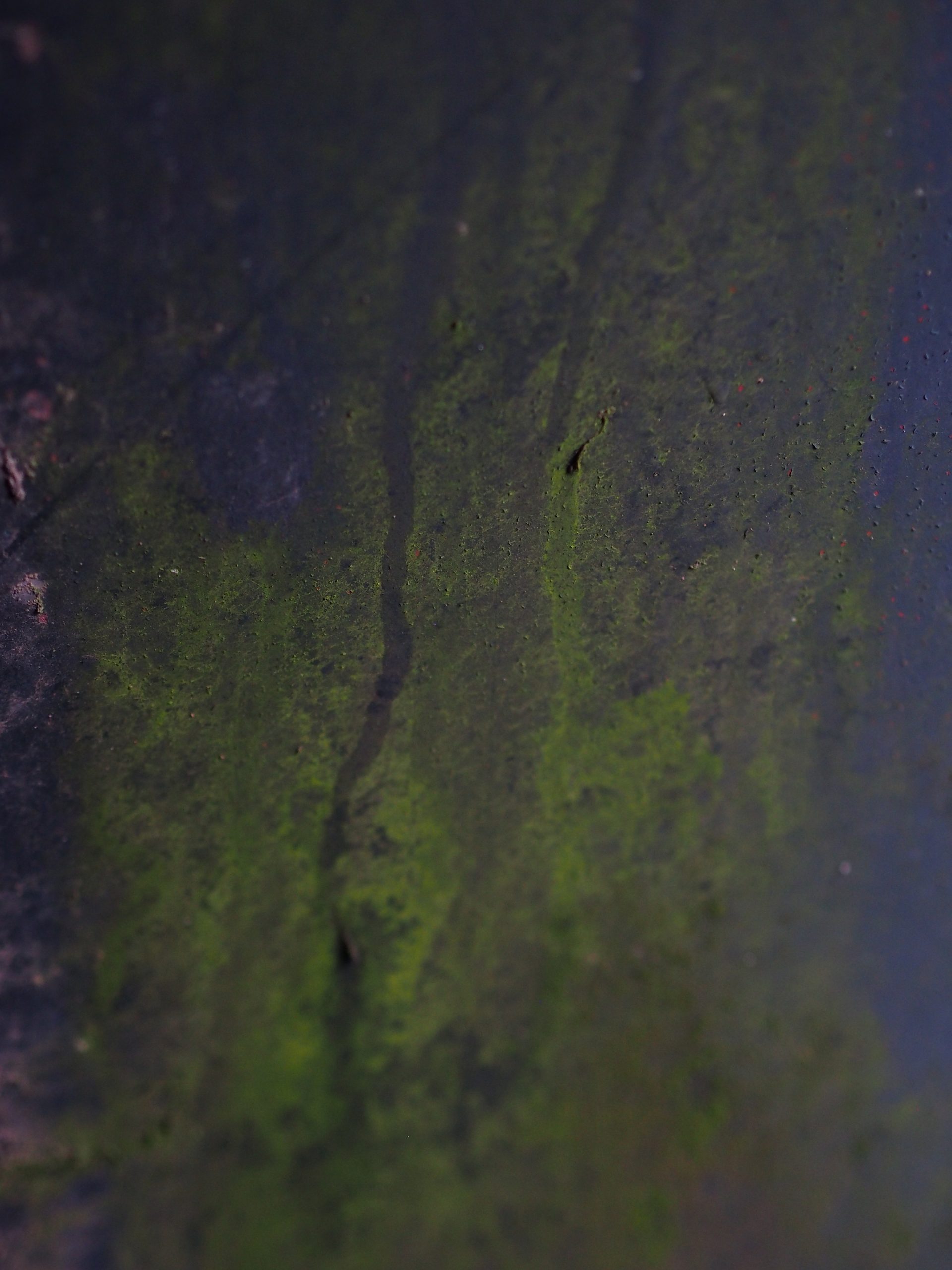The origin of the word “ilha” is not yet known, but it is understood that from the 18th century onwards the word “ilha” was used to describe a type of architecture that was so well known in the city of Porto. At the start of the Industrial Revolution, Porto’s population had doubled. The poverty of the countryside caused thousands of families to leave the north of the country for the city of Porto in the hope that modern industry would improve their living conditions. With no money, these families rented small houses of between 9 and 16 square metres with no water, no electricity, sometimes no windows and communal bathrooms, which could serve up to 25 families. These houses were located at the back of bourgeois homes and the rents were very low, yet families of 5, 10 or 15 lived in such a small house.
Ler mais
With the epidemics at the end of the 19th century such as the bubonic plague, it was necessary to think about improving the hygiene conditions of the inhabitants of the city of Porto and it was from then on, that alternative housing began to be implemented. However, it was during the Estado Novo and especially after 25 April that these alternatives were implemented, such as the SAAL Project and the construction of the S. Victor neighbourhood. Architects from the Oporto School, such as Álvaro Siza Vieira, designed social housing solutions in the centre of Oporto to try to rehouse some of the families living on “ilhas”.
In recent years, with the growth of tourism and pressure from the property market, many families have been forced to leave the “ilhas” and many of them have been turned into small luxury studios with unaffordable rents. Other “ilhas” have been demolished and very few have been restored to continue housing the same families.
Despite the poor living conditions on the “ilhas”, the idea of community is very present, and these people often have what they say is a “blood family” and a “street family”.
The photographic project developed between the end of October and the beginning of December is a portrait of the experiences of different people living on the “ilhas” behind my house. In a search through the Porto Municipal Archive, it’s likely that these “ilhas” I see were built to house the workers of the Factory of Curtumes from Póvoa, located in Rua da Póvoa, which is now in ruins. These “ilhas” don’t follow the classic typology and some of the houses have changed over the years, being extended or having annexes built.
The photographs were taken from the balcony of my house with a telephoto lens and an analogue camera. Since the building I live in is higher up than the “ilhas”, the photographs are mostly close-ups. On the other hand, this made the photographs more anonymous, i.e. they were taken without people’s knowledge and perception. Over the course of these two months, I took photographs on sunny days, rainy days, weekdays and weekends. It’s curious that from a photographic project you get to know the routines of people you don’t personally know. On sunny days there are always clothes out to dry, at weekends you see more people outside their houses chatting, during the week between 8.45am and 9am the parents take their children to school holding hands, and on rainy days you hardly see any people and only a few items of clothing that you couldn’t get out before the rain started. This project is therefore a portrait not only of the experiences of these families in particular, but also a portrayal of something that is so characteristic of the city of Porto and which is gradually being transformed.














